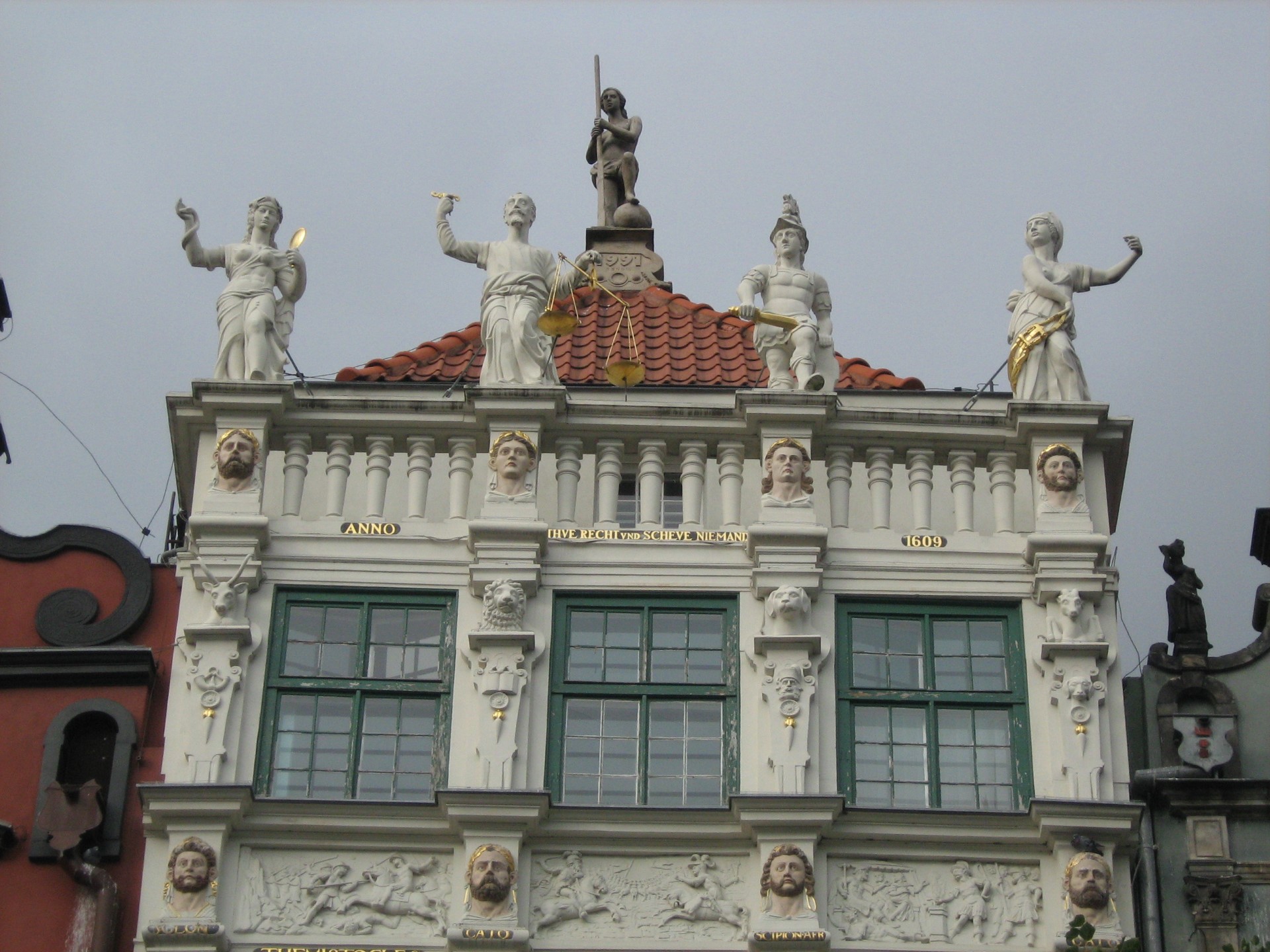Włoskie inspiracje domu Speymanna w Gdańsku i jego domniemana rola jako muzeum
DOI:
https://doi.org/10.26881/porta.2023.22.05Słowa kluczowe:
epoka nowożytna, manieryzm niderlandzki, dekoracje fasady, fasada jako muzeum idealne, Gdańsk jako Nowy Rzym, magnificencjaAbstrakt
While choosing the theme of reliefs which were to decorate his house, Johann Speymann, the mayor of Gdańsk, educated in Italy, drew inspiration from such works as De veri precetti della pittura by Giovanni Battista Armenini (1587) and Trattato dell’arte della pittura by Gian Paolo Lomazzo (1584). Speymannhaus, also known as Steffenshaus, was built in the years 1609–1618 and designed by Abraham van den Blocke and Hans Voigt. In the façade Speymann presented a gallery of Roman consuls and other viri illustres whose lives abounded in Republican exempla virtutis. As the first patron in the history of art in Poland, he made a virtue of his foundation, magnificence, which directly evokes the image of Lorenzo the Magnificent and makes the house of a Protestant patrician bear a resemblance to an Italian palazzo.
The façade was treated as an ideal museum (facciata come museo ideale) and decorated in antique style with pseudospolia (paraphrase of reliefs on Roman sarcophagi and imagines clipeatae ) which related in an iconographic manner to the general outline of Gdańsk as the New Rome.
In accordance with the will of Johann Speymann dated January 27th 1625, his home at Długi Targ ceased to serve its primary function and was transformed into a communally accessible collectors’ cabinet and library. Along with the owner’s wish, it became a public building having the function of a pioneer protomuseum. Moreover, an Italian‑trained curator was to show visitors around the premises.
Downloads


 Uniwersyteckie Czasopisma Naukowe
Uniwersyteckie Czasopisma Naukowe



